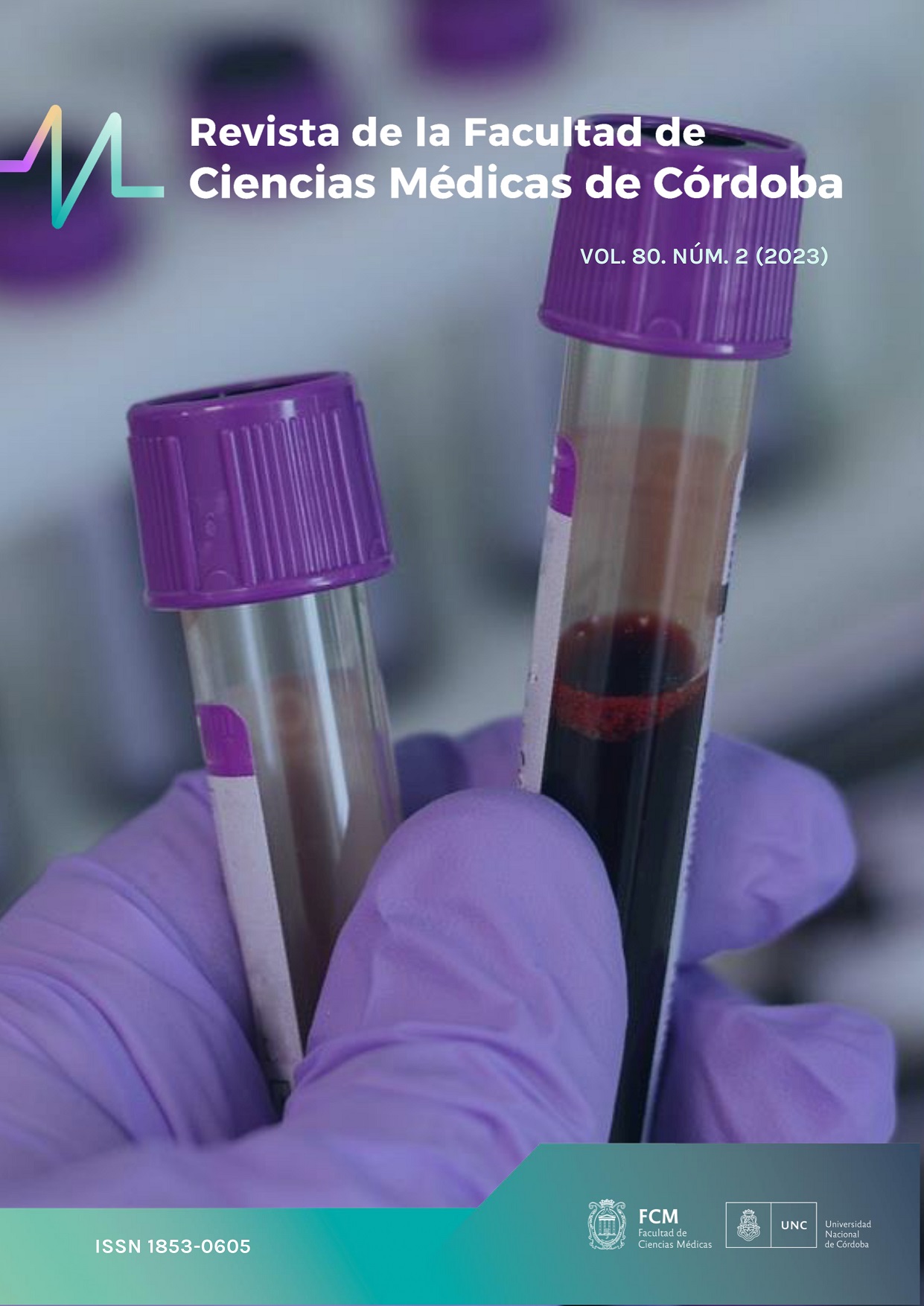IL6 genetic variants in the susceptibility to Trypanosoma cruzi infection and the development of chronic chagasic cardiomyopathy
Keywords:
IL6 polymorphisms, chagasic cardiomyopathy, association study, susceptibility to infectionAbstract
In recent years, genetic approaches have been proposed to improve understanding of the causes of differential susceptibility to Trypanosoma cruzi infection and the wide clinical variability in Chagas disease progression. The vast majority of these studies have been carried out analyzing genes associated with the immune response. The purpose of the present study was to analyze IL6 genetic variants (rs1800795) in the susceptibility to Trypanosoma cruzi infection and in the development of chronic chagasic cardiomyopathy (CCC), in patients from the Province of Córdoba (Argentina).
A total of 350 patients were recruited at the Hospital Nacional de Clínicas, the Sucre Clinic and the San Roque Hospital in the city of Córdoba. All participants underwent serological diagnosis for T. cruzi infection and were classified as seropositive (272) or seronegative (78). Based on the results of complementary tests and clinical findings, seropositive patients were classified as having CCC (182) and asymptomatic (90). The rs1800795 (G/C) polymorphism was determined by PCR-RFLP. Differences between allelic and genotypic frequencies were analyzed using chi-square/Fisher's exact test and logistic regression.
The frequency of the minor allele (C) was found to be increased in seronegative patients compared to seropositive patients, but no significant association was found between IL6 variants and susceptibility to T. cruzi infection after applying logistic regression adjusted for sex and age. The frequency of the C allele was higher in patients with CCC compared to asymptomatic individuals, but no significant association was found between IL6 variants and the development of cardiomyopathy after applying logistic regression adjusted for sex and age.
Our results suggest that IL6 genetic variants would not have a significant contribution to the susceptibility to infection and the development of chronic chagasic cardiomyopathy in the population studied, which is in agreement with previous studies carried out in other Latin American populations (Colombia and Peru).
Downloads
References
.
Published
Issue
Section
License

This work is licensed under a Creative Commons Attribution-NonCommercial 4.0 International License.
The generation of derivative works is allowed as long as it is not done for commercial purposes. The original work may not be used for commercial purposes.












